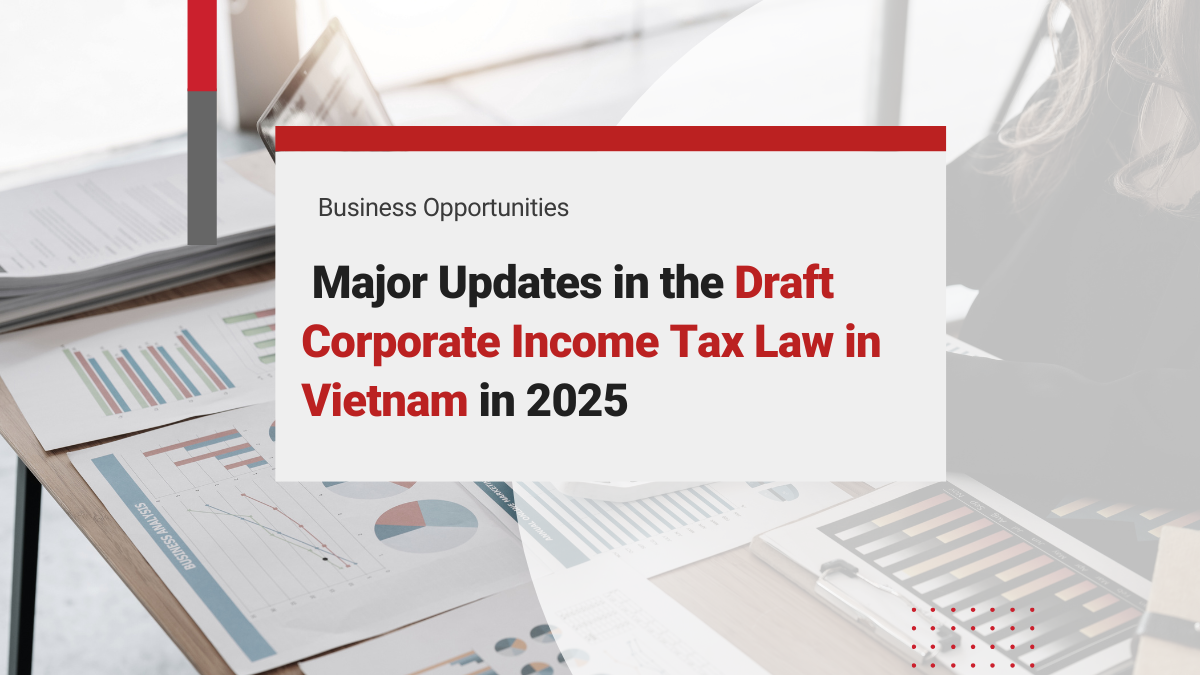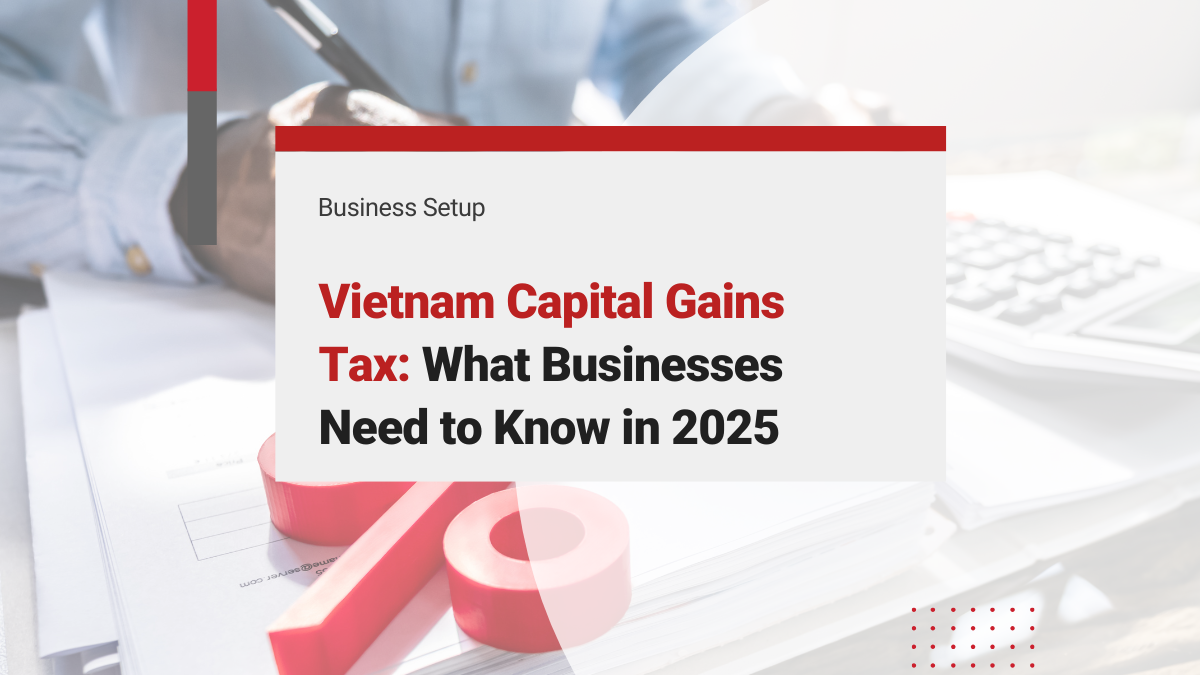Vietnam’s fitness industry is projected to clock approximately USD 3.78 billion by 2030, demonstrating a bullish annual growth of 19.08% between 2022 and 2030. The fitness industry has not only recovered from COVID-19 disruptions but has emerged stronger, with 2025 marking a year of operational normalization and strategic evolution. Despite, certain niches within the fitness sector, notably online training and home workout equipment, have seen substantial growth and will continue to thrive in 2026.
According to a report from OMR Research, this expansion demonstrates Vietnam’s increasing focus on health and wellness, driven by economic growth, rising disposable incomes, and a greater awareness of the benefits of an active lifestyle.
The fitness industry in 2025 is characterized by several key technological trends. Wearable technology was named the number one fitness trend for 2025, followed by mobile exercise apps and exercise programs for older adults. The global wearable fitness technology market was valued at approximately $15.06 billion in 2025 and is projected to reach $39.06 billion by 2035, reflecting a CAGR of 10%.
Adding to this, the fitness industry’s expansion into holistic wellness is evident, with consumers increasingly seeking comprehensive health solutions that blend physical training with mental well-being, recovery, and lifestyle optimization. This figure underscores the broad scope of the industry, encompassing not just traditional fitness clubs and gyms but also the burgeoning areas of wellness and holistic health.
An Overview of Fitness Industry Trends in Vietnam
Rising health awareness and wellness lifestyle
Vietnamese consumers are becoming more concerned about health, hygiene, and food safety. According to a survey, 76% of Vietnamese consumers want to know everything that goes into their food, while 89% are willing to pay more for foods that claim health benefits.
Vietnam is currently experiencing the fastest increase in overweight and obesity rates in Southeast Asia, with a staggering 38% annual increase in recent years, compared to 10-20% among other Southeast Asian countries. Data from the National Institute of Nutrition show that the prevalence of overweight and obesity among children aged five to 19 doubled to 19% in 2020 from 8.5% in 2010, reaching 26.8% in urban areas. Of particular concern is that the obesity rate among adolescents in Ho Chi Minh City has recently surpassed 50%, while in Hanoi it has exceeded 41%.
This has led to a rise in the demand for fitness services and products. The Vietnam fitness services market is projected to reach approximately $3.78 billion by 2030, driven by rising income levels, increasing health awareness, and urbanization. Moreover, as the Covid-19 situation has stabilized, fitness brands have adapted to new hybrid models combining in-person and digital services. The pandemic has served as a wake-up call for individuals to prioritize their health and become more conscious of the importance of exercise and overall well-being.
Nearly 50% of Vietnamese consumers are now adopting active lifestyles, with the Mekong Delta leading at 65% among 35-44-year-olds. This trend drives growing demand for health supplements, fitness equipment, and fitness apps offering personalized, convenient solutions and progress tracking.
Increasing demand for boutique fitness studios and personal training
Personal training and boutique fitness studios are becoming increasingly popular in Vietnam. People are willing to spend more on personalized training and attention from skilled trainers. The demand for personal training often surges after the annual Tet (Lunar New Year) holiday season, with people trying to shed the weight gained during the festivities.
The global boutique fitness studio market has shown significant growth, valued at $37.15 billion in 2024 and expected to reach $59.91 billion by 2030, with an 8% CAGR. Pilates is emerging as a dominant force, expected to make up 46% of new studio openings in 2025, followed by yoga (largely hot yoga) at 27%. However, a concerning trend shows that 91.2% of boutique fitness studios globally are not sustainably profitable, highlighting the need for improved business models.
The growing popularity of functional training and group fitness classes
Functional training, which focuses on everyday movements and activities, is gaining popularity in Vietnam. It can help in building mobility, power, and speed, and lead to the strengthening of muscles. By engaging in functional training exercises that mimic everyday movements, individuals can improve their ability to maintain balance. This not only provides physical benefits but also translates into practical advantages in day-to-day life.
Group fitness classes are also in demand, as they provide a sense of community and motivation. Moreover, they have been found to improve adherence to exercise programs and provide a more enjoyable workout experience. In 2025, fitness trends show a growing emphasis on strength and endurance training, with consumers focused on longevity and maintaining physical function rather than short-term weight loss goals.
Investing in Vietnam? Check out InCorp Vietnam’s Incorporation Services
Consumer Trends in the Fitness Industry
Gender Trends
In recent years, the fitness industry has seen a shift toward inclusivity, with both men and women actively participating. The 2022 IHRSA Global Report notes a higher proportion of female gym members globally, around 57%.
Age Dynamics
Fitness appeals to a range of ages, demonstrating the industry’s wide appeal. Exercise programs for older adults ranked as the third most important fitness trend for 2025, reflecting the industry’s recognition of the ageing population’s fitness needs. In the US, Millennials form the largest gym-going demographic at 35%, followed by Gen X and Baby Boomers. Interestingly, Gen Z and the Silent Generation, though smaller in number, are rapidly growing segments in health club attendance.
Geographic Distribution
Fitness enthusiasm is a global phenomenon, transcending regional boundaries. The Southeast Asia health and fitness club market is valued at $2.68 billion in 2025 and is expected to reach $4.19 billion by 2030, growing at a CAGR of 9.36%. This underscores the fitness industry’s worldwide influence.
Adoption of Digital Fitness and Wearable Technology
The fitness industry has witnessed significant transformations due to technological advancements. The introduction of wearable technology, smart fitness apparel, state-of-the-art home gyms, and AI-supported personal coaching has revolutionized the way people approach their fitness journey. Devices like Fitbit, Apple Watch, and Garmin have empowered users by providing them with a deeper understanding of their health and fitness levels.
AI-powered fitness solutions are transforming the industry in 2025, with 78% of personal trainers now using AI technology to create custom workout plans for their clients. AI-enhanced coaching services deliver up to 221% ROI, while fitness apps with AI integration help users achieve 5-10% body weight reduction. The Vietnam fitness app market alone is valued at $4.8 billion in 2024 and is projected to reach $21.39 billion by 2031, growing at a robust CAGR of 23.8%.
These wearable technology devices offer a range of features, enabling users to track various metrics such as steps taken, calories burned, heart rate, blood pressure, and personalized health recommendations. Users now have convenient access to their individual health data, allowing them to make informed decisions about their well-being.
Esteemed fitness service centers in Vietnam, including Elite Fitness, California Fitness, Yoga Centre, and Fit24, have recognized the potential of these devices and actively promote their use to enhance the health and fitness outcomes of their clients. California Fitness & Yoga has launched the PT 3.0 program in 2024, partnering with LivWell Asia to integrate technology into personal training, including Face Scan technology that assesses health conditions through facial analysis. By leveraging these technological innovations, these centers aim to elevate the quality of their services and assist their clients in achieving their fitness goals.
Challenges in Vietnam’s Fitness Industry
The fitness industry in Vietnam faces challenges such as competition from unorganized fitness centers and the need for skilled trainers. The competition is especially fierce in the major cities, where there is a high concentration of fitness centers. The industry also needs more skilled trainers to cater to the growing demand for personalized training.
Additionally, the fitness industry faces new challenges in 2025, including the sustainability crisis in boutique fitness where the majority of studios struggle with profitability, and the need to adapt to rapidly evolving consumer preferences for tech-integrated, holistic wellness experiences.
Moreover, expanding business in Vietnam comes with challenges such as excessive bureaucratic procedures, fluctuating Vietnamese dong currency, the requirement of the Vietnamese language in paperwork, complex tax payments, and a cash-dependent economy.
Business Ideas & Opportunities in Vietnam’s Fitness Industry
Potential for gym chains and franchises
Despite the challenges, the fitness industry in Vietnam presents several business opportunities, particularly for gym chains and franchises. Gym chains and franchises offer several advantages, including a recognized brand name, economies of scale, and access to established systems and processes. By expanding in Vietnam, foreign investors can tap into a market with high growth potential and establish themselves as major players in the market.
According to Statista, as of 2023, California Fitness and Yoga remains the leading fitness studio chain in Vietnam, followed by Curves and Elite Fitness. California Fitness & Yoga operates as the largest health brand in Vietnam with 35-37 gyms nationwide, serving 250,000 members and facilitating 6 million practice sessions per year.
Growth of boutique fitness studios and personal training businesses
Boutique fitness studios are a growing trend in the global fitness industry. These studios are small gyms that focus on group exercise, specializing in one or two fitness areas such as cycling, yoga, or high-intensity interval training. Unlike traditional gyms, boutique fitness studios offer a more intimate and personalized form of group exercise, creating a community feel among members. They offer clients exceptional and highly personalized customer experiences, cultivating loyal followers.
However, studio owners must be aware that profitability remains a significant challenge, with 91.2% of boutique fitness studios not achieving sustainable profitability as of 2024. Success factors include focusing on community building, incorporating wellness-driven offerings like recovery services, biohacking, and stretching programs, and leveraging technology for operational efficiency.
Opening a boutique fitness studio can be a rewarding and profitable venture if done correctly. It’s important to thoroughly research and plan before investing, such as considering market demand, location, equipment, and branding.
Key players in this space include Fire Fitness, GymHaus, and Hustle.
Opportunity for fitness equipment and apparel suppliers
The growing fitness industry in Vietnam also presents opportunities for fitness equipment and apparel suppliers. The Vietnam fitness equipment market was valued at $209 million in 2023 and is expected to expand at a CAGR of 5.20% to reach $284.2 million by 2030. The market is driven by urban lifestyle changes, rising health awareness, growing disposable income, and expanding fitness centers. In addition, the country is becoming a hub for textile and garment manufacturing, with the Vietnam sportswear market valued at $792 million in 2024 and projected to reach $1.075 billion by 2033, exhibiting a CAGR of 3.46%, making it an ideal location for sourcing fitness apparel.
Expansion of digital fitness and technology-based fitness businesses
As the country embraces technological advancements and a greater emphasis on health and fitness, various digital fitness solutions have gained popularity among Vietnamese consumers. One such innovation is Electrical Muscle Stimulation (EMS) training.
The digital fitness revolution in Vietnam is characterized by explosive growth in fitness apps, AI-powered personal training, and wearable technology integration. The fitness app market is experiencing unprecedented growth with a 23.8% CAGR, driven by increasing smartphone penetration and health consciousness among younger demographics.
Key growth areas include AI-enhanced fitness coaching, virtual reality workout experiences, and hybrid training models that combine in-person and digital elements. Vietnamese consumers spend an average of 1.38 million VND per month on health-related products and services, with increasing demand for convenient, technology-driven solutions.
Conclusion
In Vietnam, the fitness industry is growing fast. More people are becoming aware of their health, wanting custom training, and using digital tech for fitness. There are challenges like a lot of competition and not enough trained fitness experts, but there’s still a big chance for businesses to do well. The market is expected to keep growing, and with the government supporting sports and fitness, Vietnam is a great place for business owners and companies interested in the fitness world.
With continued innovation, adaptability, and a commitment to meeting the diverse needs of fitness enthusiasts, the fitness industry globally and in Vietnam is well-positioned for a prosperous future. Strong foundational elements and an alignment with consumer needs ensure that the fitness industry remains a vital contributor to a healthier, more active society.

clients worldwide

professional staff

incorporated entities in 10 years

compliance transactions yearly
Learn the Right Setup for Business
Expansion in the Vietnam
Frequently Asked Questions
What is the fitness industry?
- The fitness industry encompasses businesses and services related to physical exercise, health, and wellness. It includes gyms, fitness centers, personal training, group classes, fitness equipment manufacturing, and digital fitness platforms. The industry aims to improve physical health, prevent illness, and promote active lifestyles.
What Workout Business
- A workout business offers fitness-related services such as personal training, group classes, or gym memberships. It can operate in physical locations, online, or both, and may specialize in areas like strength training, yoga, or high-intensity interval training.






